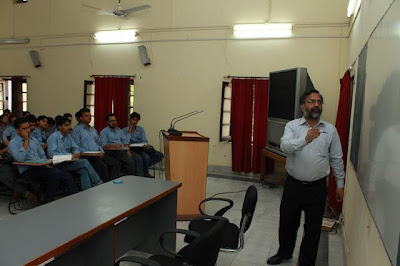It is outlandish that in times of plethora,
we often choose not to exercise our selections. We guzzle without giving a
thought to the future. We do stuff that make our lives as pleasurable as
possible without a second peek at the byproducts of our lenience. It is simple
to reason with ourselves that all of this is innate. It is, of course, in the
personality of all beings to consume before we conserve.
Preservation, too, is a purely humans attribute. Animals do not preserve, in
the way humans connote it. They basically live within a natural equilibrium,
acquiring what is essential and furnishing what needs to be given. As humans,
we tend to deem that we are a slash above other creatures in the evolutionary
ladder, because we have bigger brains and produced religion and attitude, and
because we can decide when to mate. This is innate. Nature, it appears, is not
devoid of a sagacity of paradox.
Undeniably, nature boom on all things ironical and parody ambiguous. For example, the hardest metals are born from the liquids inside the hearts of the hottest flames. And, it is in the times of trials and tribulations, that heroes are born. Can elation exist without the familiarity of sorrow? Imagine war between
It takes a life span of tolerance to become a well-known wildlife
photographer. As the great American
Wildlife Photographer wrote in his autobiography that “Wildlife Photographers
requires endurance and control “Nonetheless, the amount of a renowned
photographer’s most illustrious work might not amount to a miniature, if you
mull over the entire time the shutter remained open for those shots. Famous
photographer Umesh Gogna during a workshop articulated that “In wildlife
photography patience is very important. At many occasions photographers spent
hours but could not able to get even one picture. I have spent lots of days and
hours to get the best pictures of tiger in my kitty” I have seen photographers
turn cameras costing lakhs of rupees into point-and-shoot toys. Like my
classmate Saurabh Agrawal is planning to spent lots of rupees to buy the best
point-and-shoot camera, spending that much he can get a good SLR too. But, what
then, is an Auto mode for, if it is not to be used? When I started learning
photography from a SLR camera, it was tuff because I thought if one can click
pictures via auto mode then why to invest time and brain to think about
aperture, shutter speed, mode….etc. I
once read that Dr. Salim Ali, legendary ornithologist and naturalist, got his
photographs of birds with a cheap Agfa box camera, by moving very, very slowly…
at the rate of an inch a minute. Same was the case with the prominent
photographer Raghu Rai.
Still I am planning to buy my first SLR camera and getting rid of
point-and-shoot toy. A startling quantity of things in our quest for creativity
is coupled with the availability or unavailability of options.
Get the panorama?
Prateek Pathak
Student
B.A in Media Studies








.jpg)




























